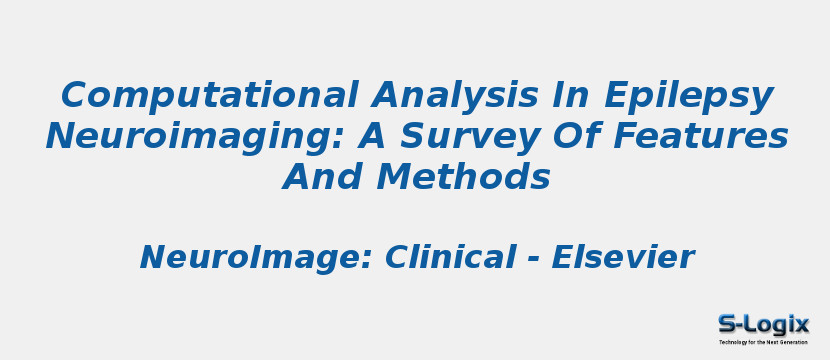Research Area: Machine Learning
Epilepsy affects 65 million people worldwide, a third of whom have seizures that are resistant to anti-epileptic medications. Some of these patients may be amenable to surgical therapy or treatment with implantable devices, but this usually requires delineation of discrete structural or functional lesion(s), which is challenging in a large percentage of these patients. Advances in neuroimaging and machine learning allow semi-automated detection of malformations of cortical development (MCDs), a common cause of drug resistant epilepsy. A frequently asked question in the field is what techniques currently exist to assist radiologists in identifying these lesions, especially subtle forms of MCDs such as focal cortical dysplasia (FCD) Type I and low grade glial tumors. Below we introduce some of the common lesions encountered in patients with epilepsy and the common imaging findings that radiologists look for in these patients. We then review and discuss the computational techniques introduced over the past 10 years for quantifying and automatically detecting these imaging findings. Due to large variations in the accuracy and implementation of these studies, specific techniques are traditionally used at individual centers, often guided by local expertise, as well as selection bias introduced by the varying prevalence of specific patient populations in different epilepsy centers. We discuss the need for a multi-institutional study that combines features from different imaging modalities as well as computational techniques to definitively assess the utility of specific automated approaches to epilepsy imaging. We conclude that sharing and comparing these different computational techniques through a common data platform provides an opportunity to rigorously test and compare the accuracy of these tools across different patient populations and geographical locations. We propose that these kinds of tools, quantitative imaging analysis methods and open data platforms for aggregating and sharing data and algorithms, can play a vital role in reducing the cost of care, the risks of invasive treatments, and improve overall outcomes for patients with epilepsy.
Keywords:
Author(s) Name: Lohith G. Kini, James C. Gee, Brian Litt
Journal name: NeuroImage: Clinical
Conferrence name:
Publisher name: Elsevier
DOI: 10.1016/j.nicl.2016.02.013
Volume Information: Volume 11, 2016, Pages 515-529
